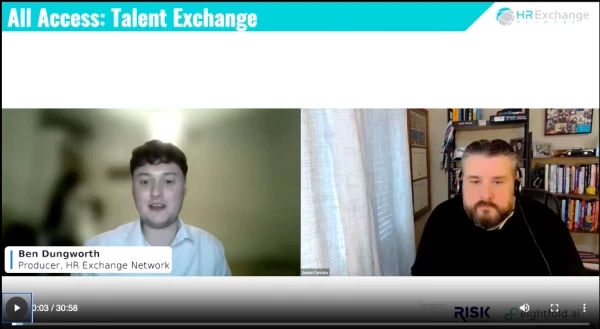6 Ways to Inject Empathy into Your Rejection Process
Add bookmark
Last year, the Talent Board, a non-profit that tracks candidate experience across enterprise employers, published some astounding data about job seekers. Employers are seeing a “40% increase in candidate resentment since 2016. Compared to last year's data, candidates are less likely to apply to the same company again based on their experiences. They’re also less likely to recommend the company to others.”
What does this mean for employers? It means many are failing candidates when it comes to basic expectations in their job search and the employer’s recruiting funnel.
Despite advances in recruiting software that make it easier to attract applicants, the rejection process is still something that most companies ignore, yet it is a huge pain point for seekers. The biggest complaint being that they never hear back from an employer. A rejection email never gets sent. This is a bit puzzling to think of especially when most recruiting software comes with built in mass rejection message functionality.
This causes a whole host of issues for candidates who simply want a yes or no answer. The resume black hole is maintained and the applicant can only wonder why.
READ: Recruiting Automatoin is Evolving to Meet Talent Needs
But there are ways to improve your rejection so that you avoid the back hole and make candidates happy. I’ve got six best practices to share with you.
Reject On Time
Job seekers deserve a timely response. For in-person and phone screen interviews its best to let them know within 24-48 hours. For anyone you mass reject, do so within one to two weeks. Don’t make them wait.
Help Them Move On
Help candidates move on by providing links to career resources or other content. There are services which help candidates find other work by sending them tips and resources to continue their search (embedded in your rejection email). Their customers have reported getting thank you notes from applicants who they rejected saying they appreciate the extra help.
Give Feedback
The Talent Board says you can improve your candidate experience by 20% if you give candidates as much feedback as possible. So be as clear as you can from the start. When Delta Airlines rejects flight attendant candidates they give them a scorecard based on an assessment tool that shows their weaknesses.
Get Feedback
Job applicants can be a great source of feedback about your hiring process but you have to ask them to get that data. Asking them how they found the application process and how they were treated by your recruiters can greatly increase your understanding of the application and interview process. So send them a survey after you reject them with a few short questions.
Invite to Apply Again
Got a talent community? Good, use the rejection email to invite them to join for future openings. As they build their skills and experience you can perhaps hire them when they become more qualified down the road.
Make Them a Customer
This applies mainly to consumer facing employers. If you have a product or service that your job seekers also may purchase use the rejection email to offer them a discount code or coupon. This allows you to give them something of value as a thank you for applying.
Changing the way you reject doesn't have to be hard. It just takes a little effort. The end result will be a better candidate experience and fewer black hole complaints.
Photo Courtesy of Stock Photo Secrets



























